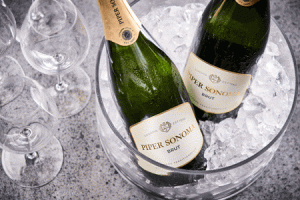World-Class Sparkling Wines From the Heart of Sonoma County
Piper Sonoma was founded in 1980 by the Marquis d’Aulan family, direct descendants of the Piper family. Recognizing Sonoma as a great growing region for Chardonnay and Pinot Noir, and believing in its terroir, the family's vision was to produce world-class sparkling wines in the New World, using old-world winemaking techniques. Over forty years later, the Piper Sonoma winemaking team continues to realize that vision and hand crafts premium sparkling wines under the guidance of long-time sparkling winemaker Keith Hock.
With over forty years of experience in Sonoma County, the winemaking team source from more than 20 growers, some of whom, like the Green, Young and Ledbetter families, have been supplying grapes for more than three decades. Many growers have adopted voluntary no-till farming practices, with a strict adherence to hillside ordinances. Sustainable agriculture and integrated pest management techniques have been integrated and organic or naturally derived fertilizers are utilized, while composted grape material is used as fertilizer to increase water efficiency and help build soil structure.
Piper Sonoma handcrafts their sparkling wines from the classic varietals Chardonnay, Pinot Noir and Pinot Blanc, by Méthode Traditionnelle, the same technique used to craft the best Champagnes. Each parcel is pressed and fermented separately, creating an extensive selection of base wines to choose from. Winemaker Keith Hock then tastes each component and selects those base wines that show potential to produce exceptional wine. The cuvée is placed en tirage for secondary fermentation in the bottle prior to disgorgement. Finally, a small percentage of older reserve wine is included in the liqueur d'expedition adding further complexity and texture.
The Piper Sonoma house style is focused on precision and attention to detail. Each wine displays a balance between fruit expression, complexity and texture, to create wines that are immediately approachable and can further develop with bottle aging.
 Back To Menu
Back To Menu

